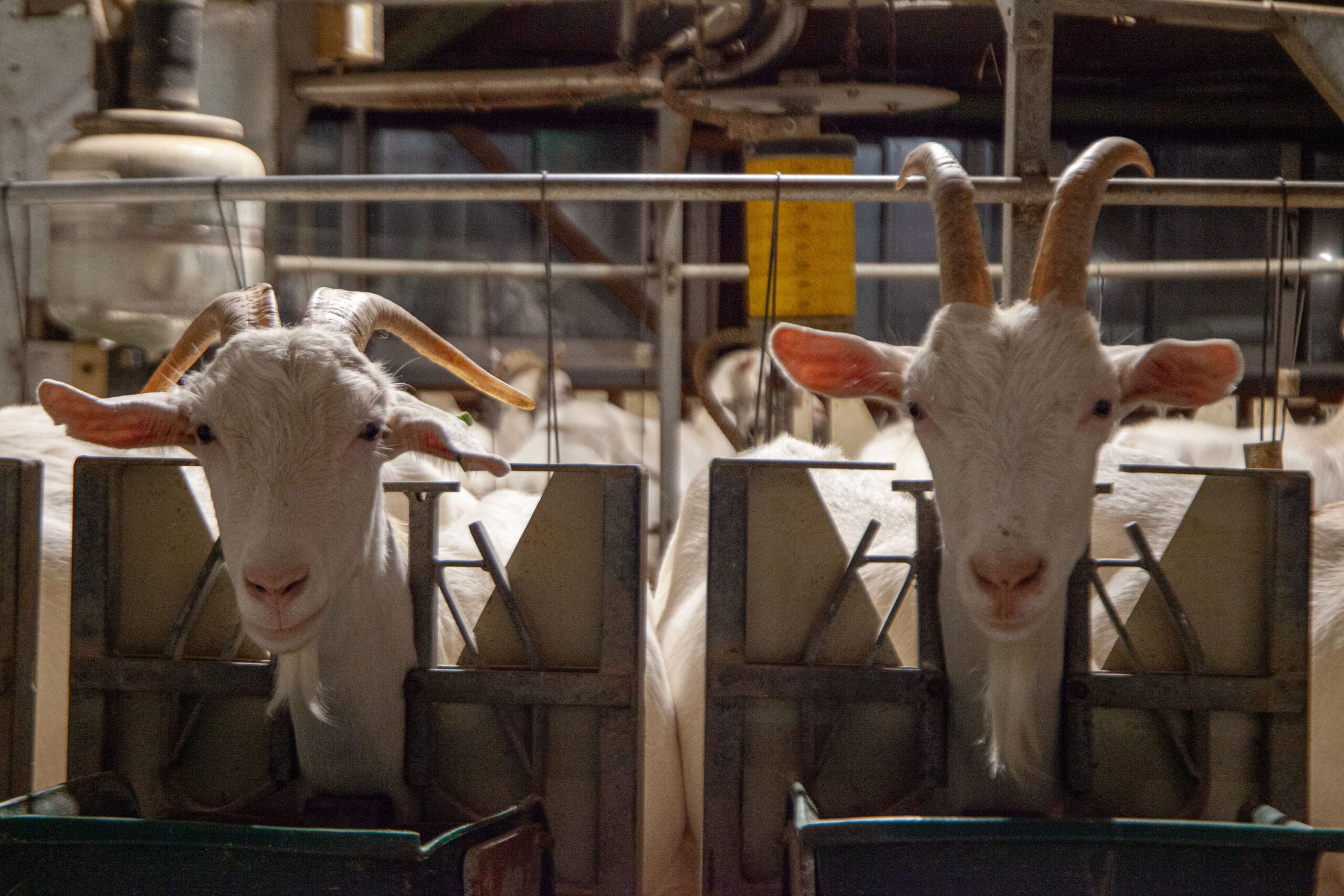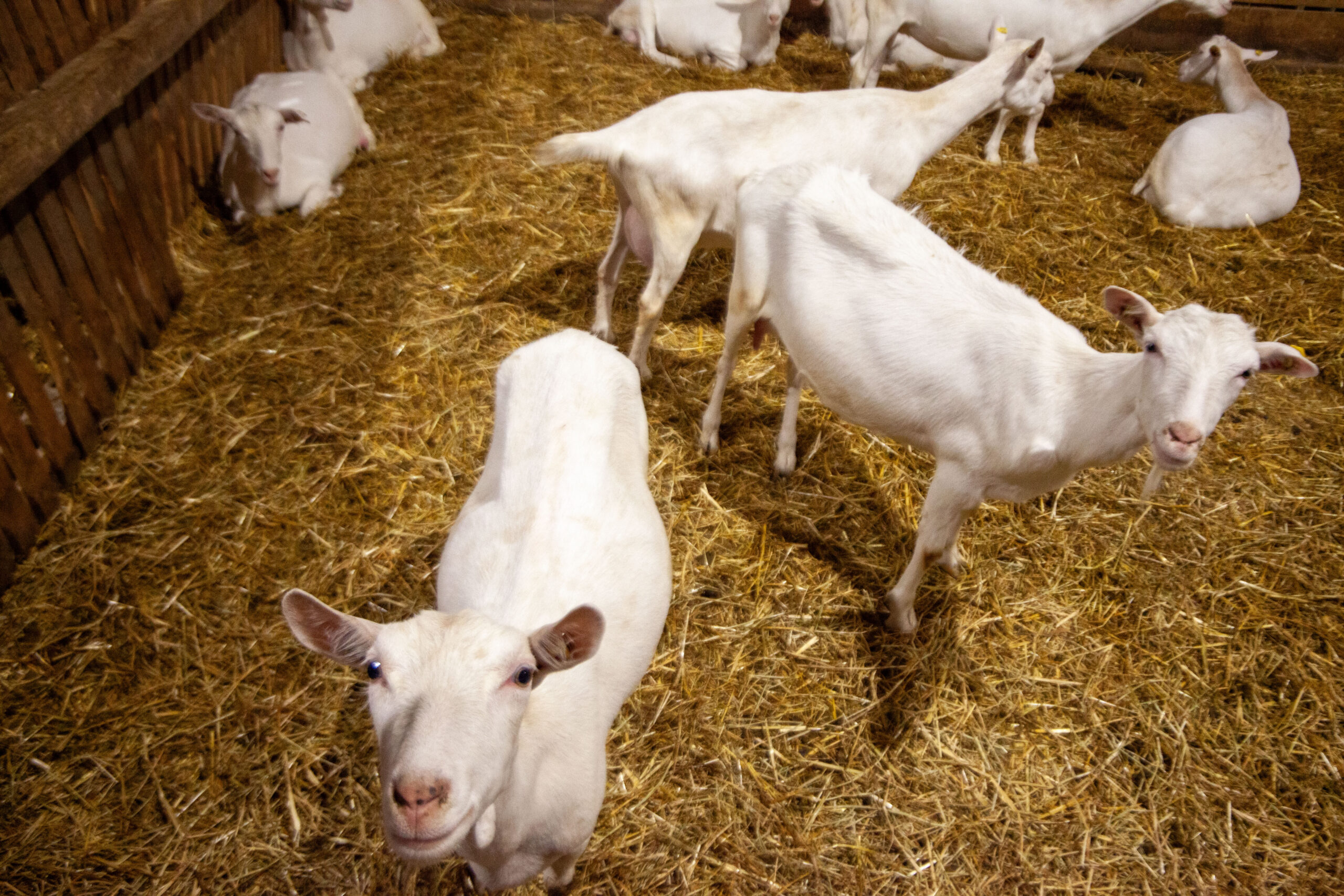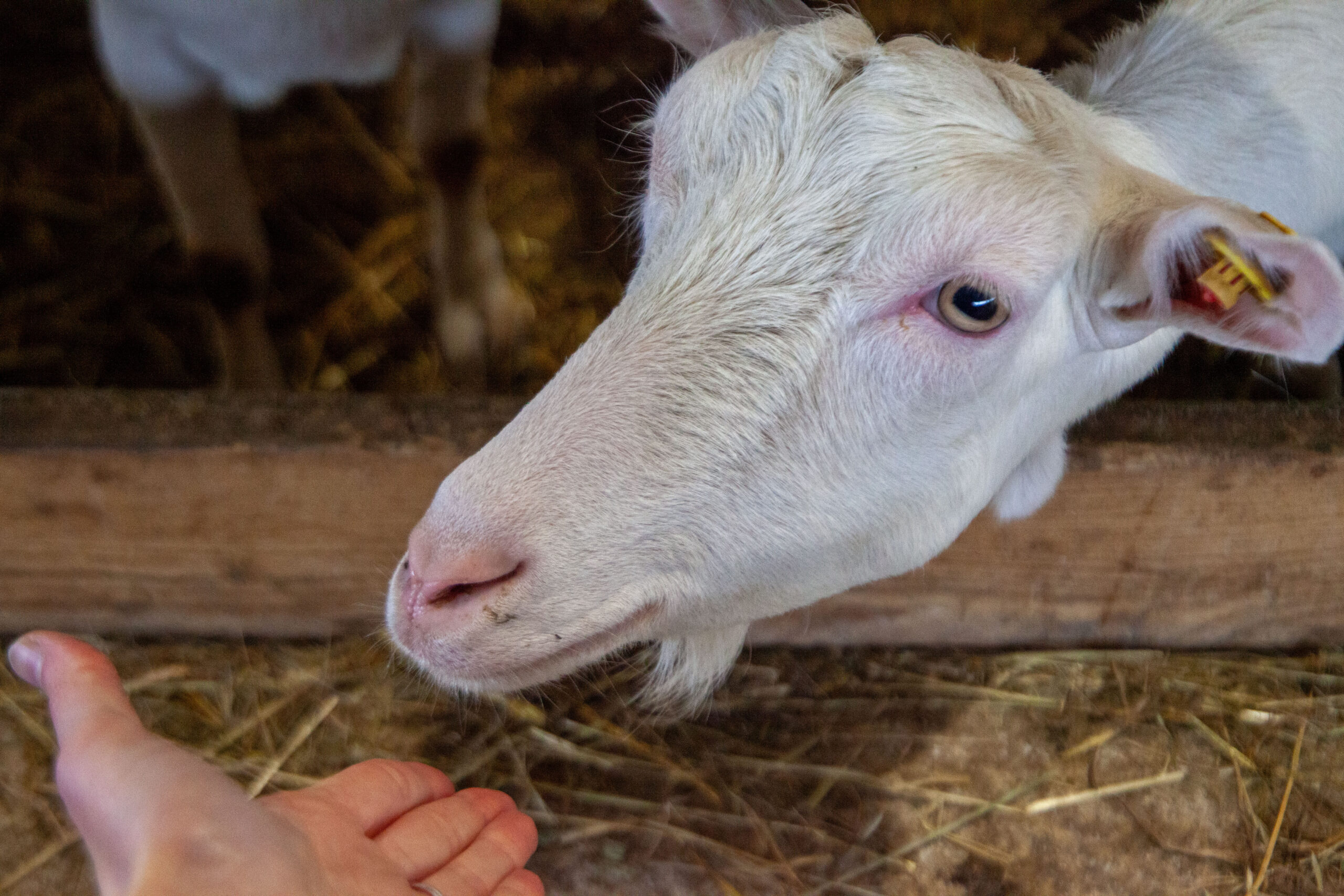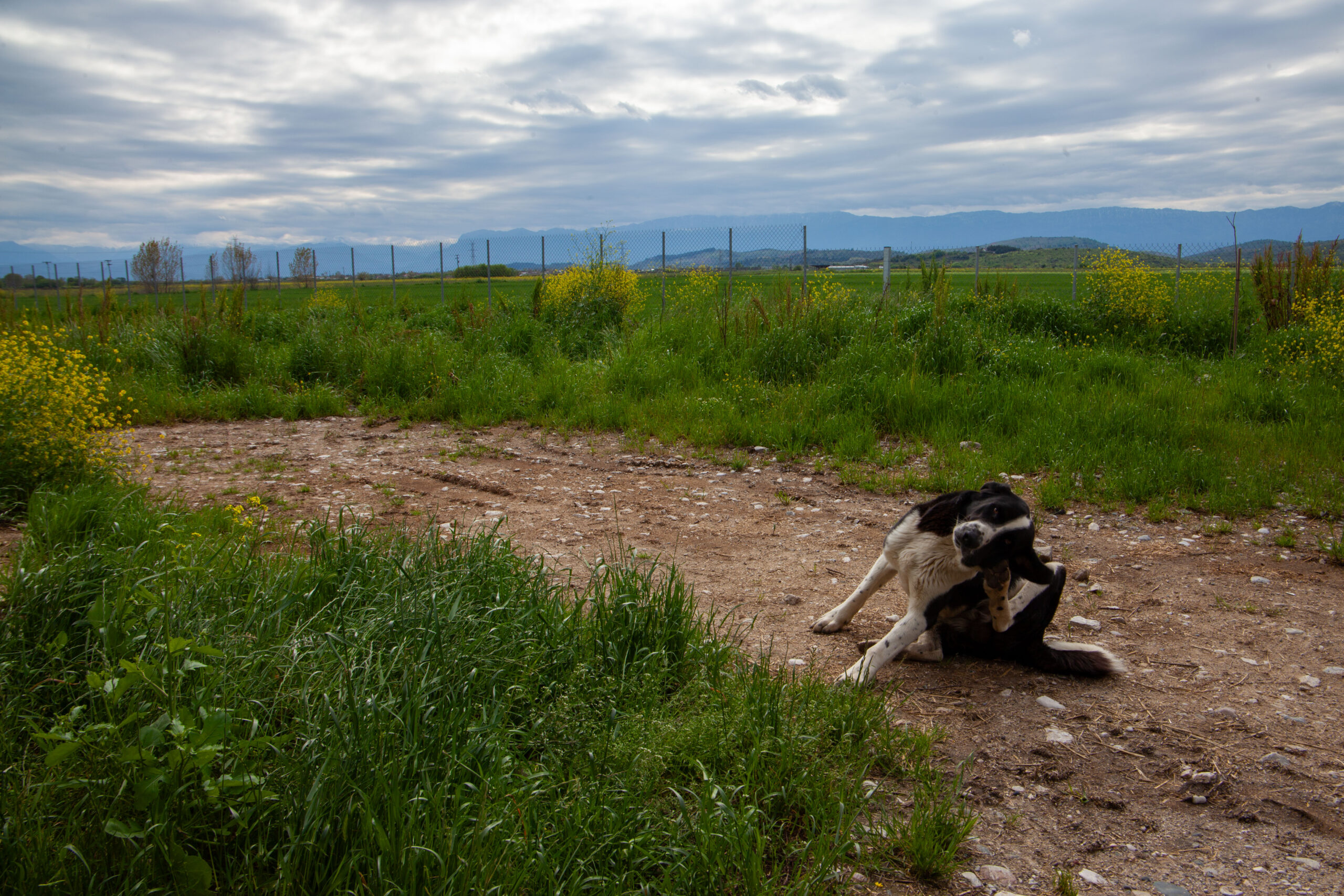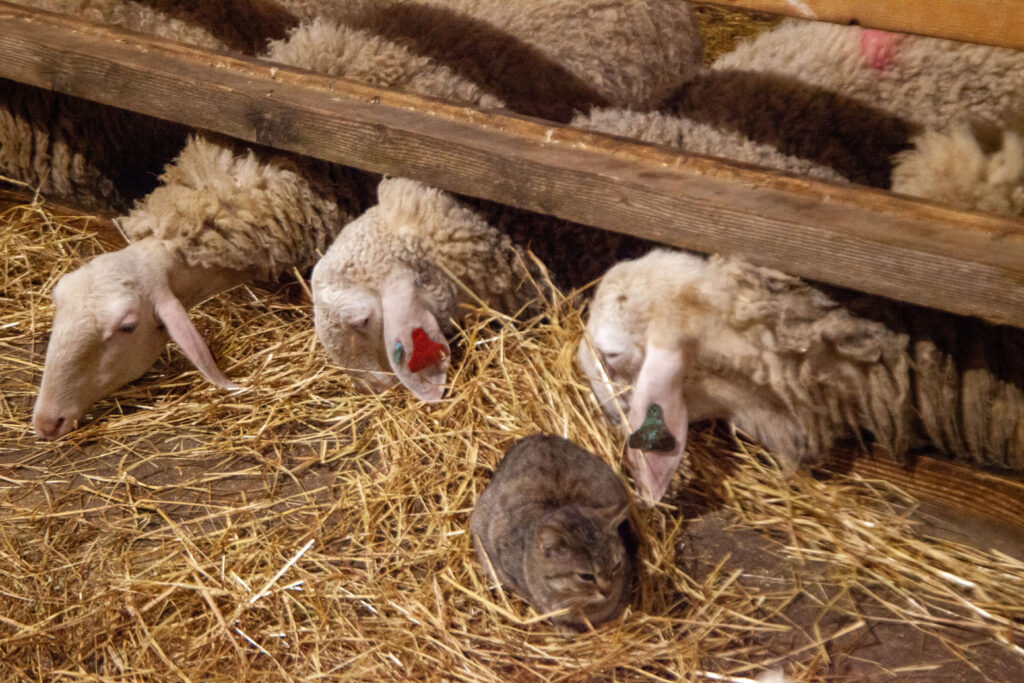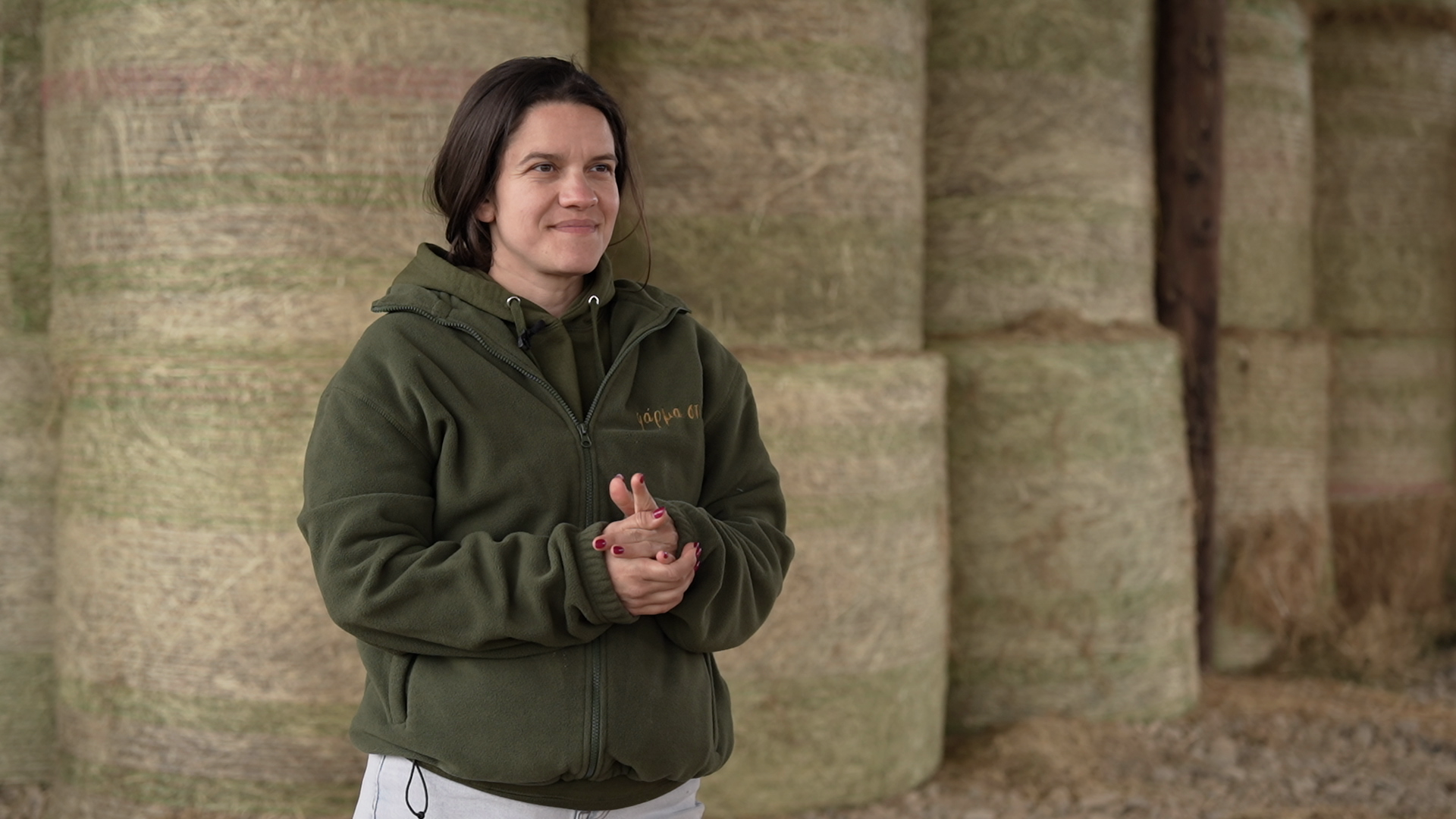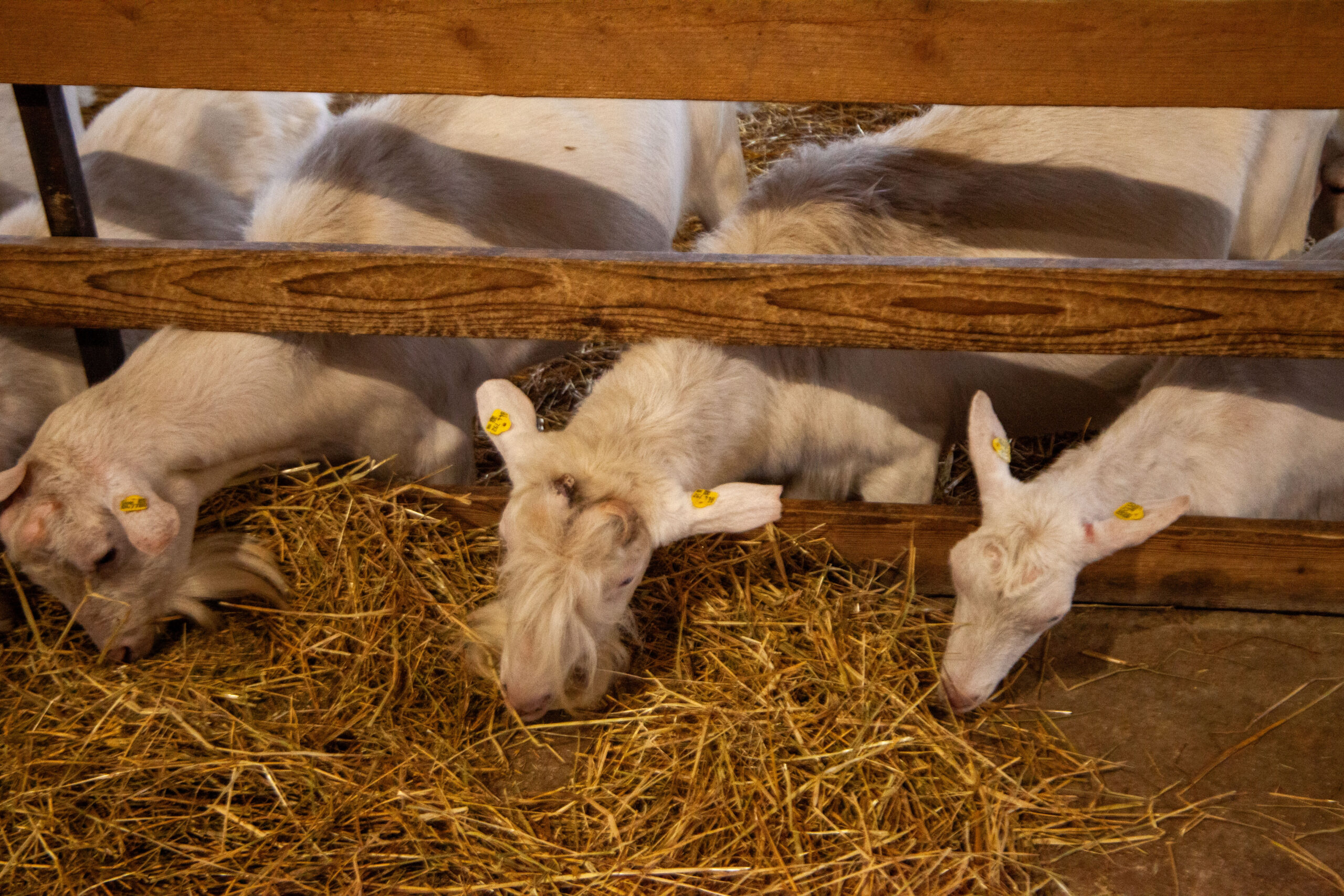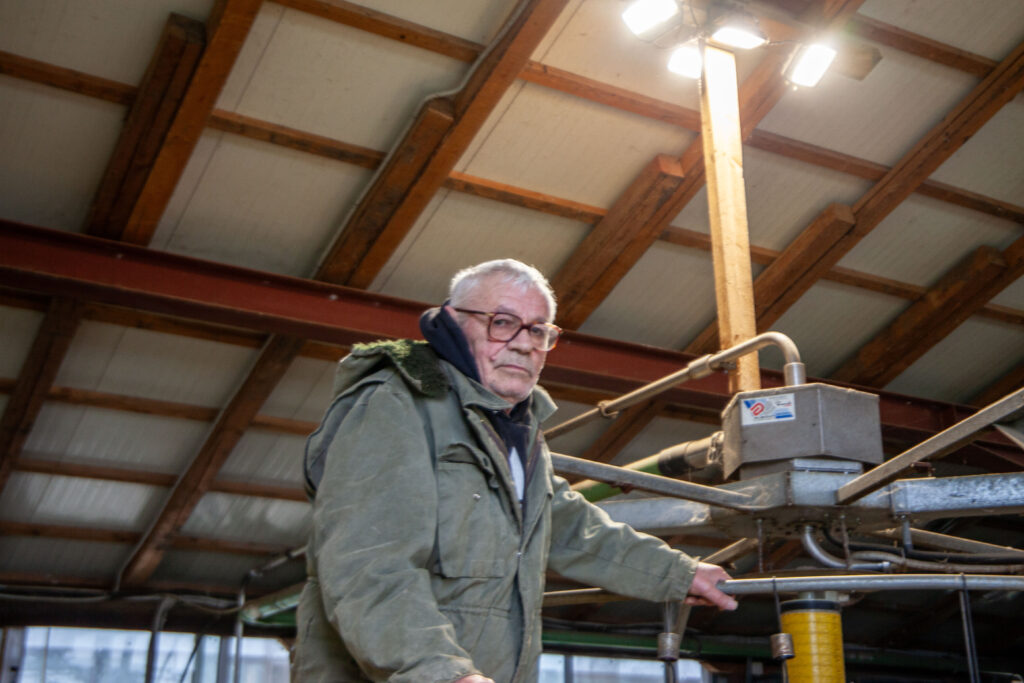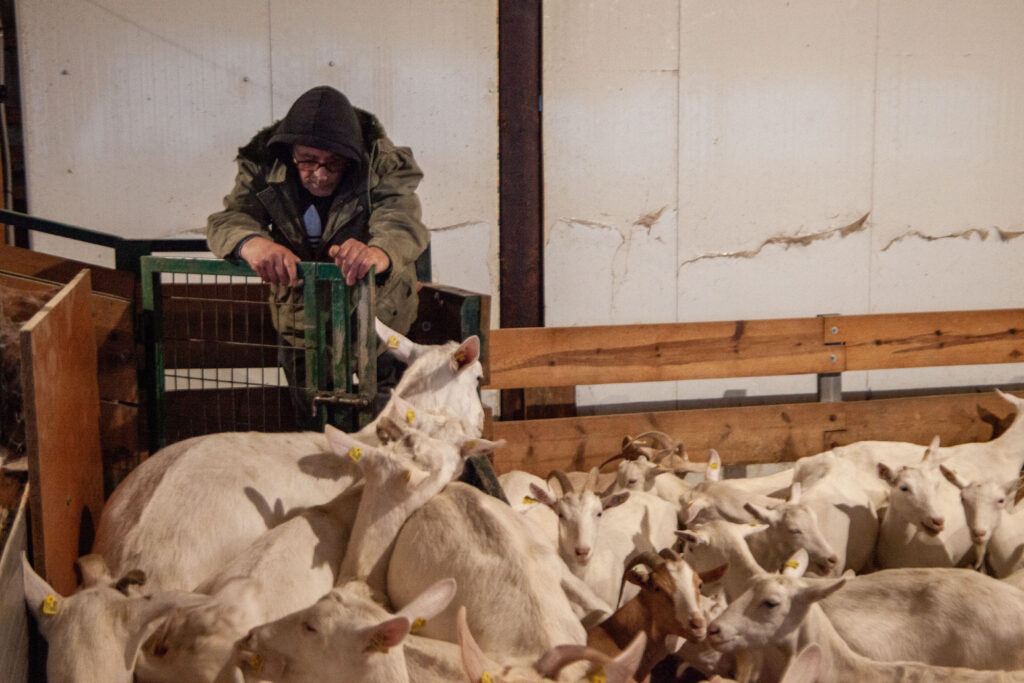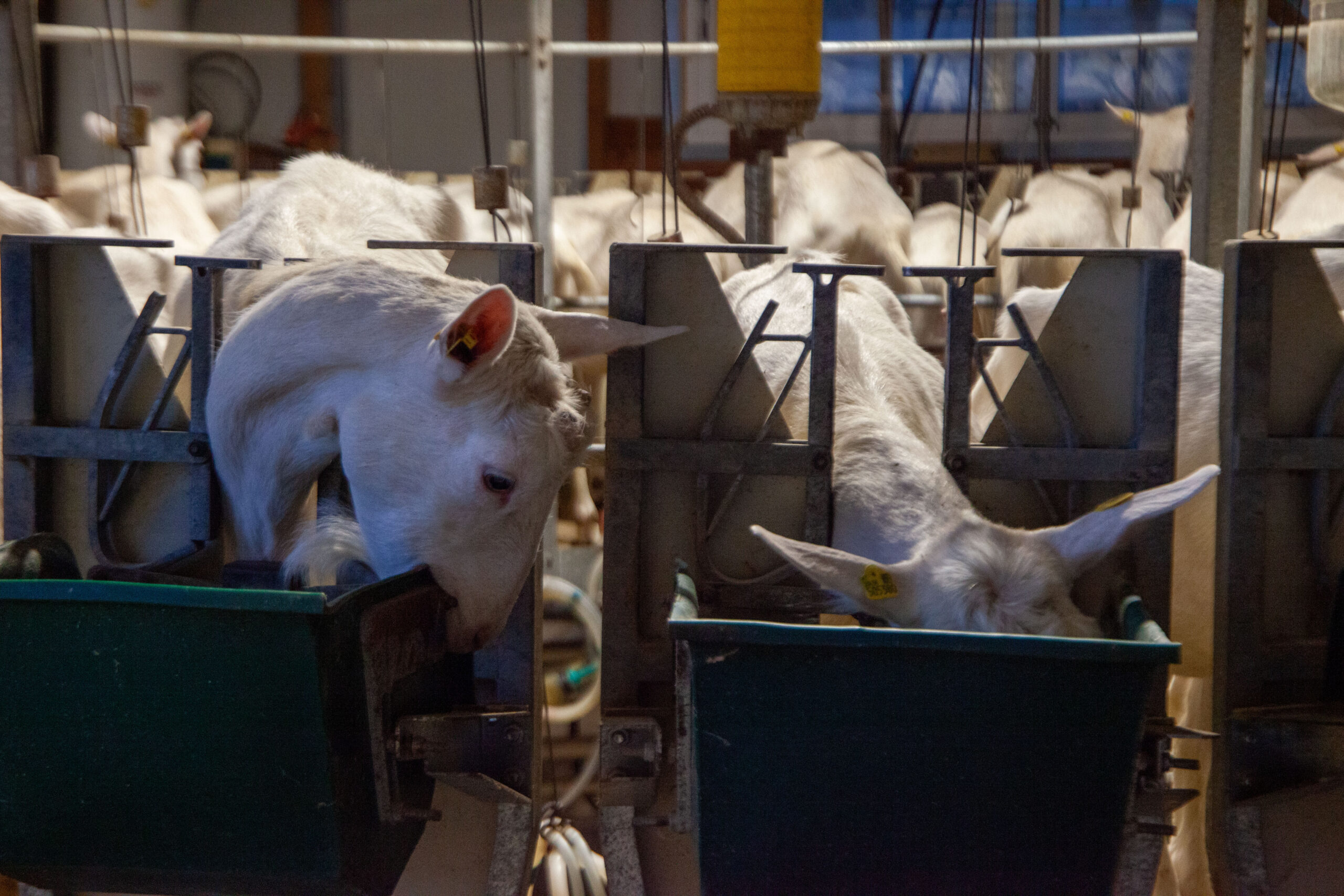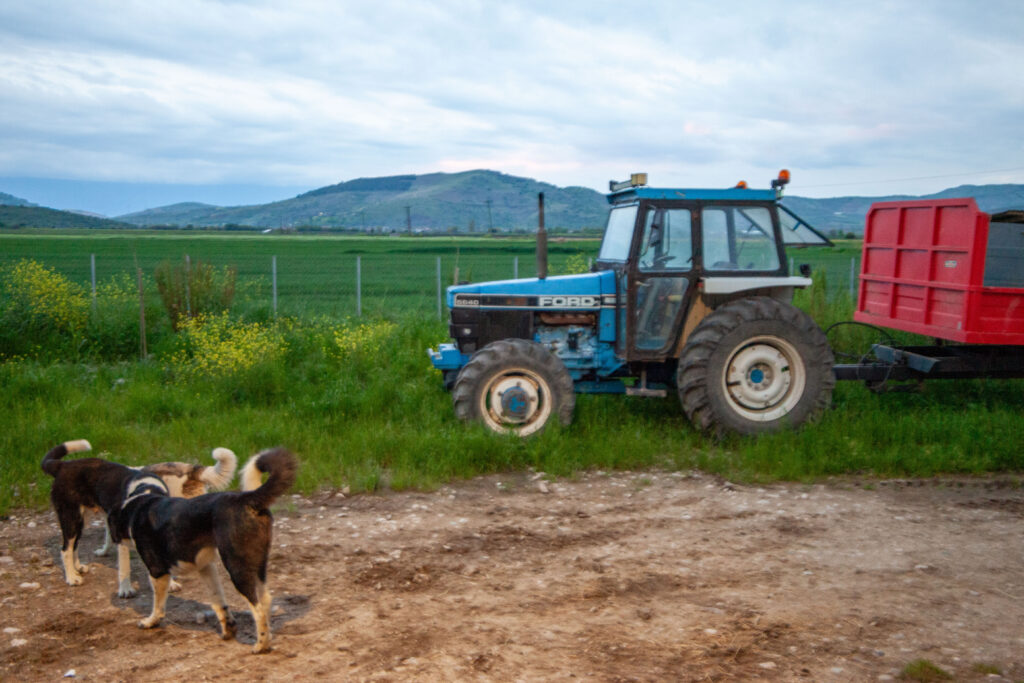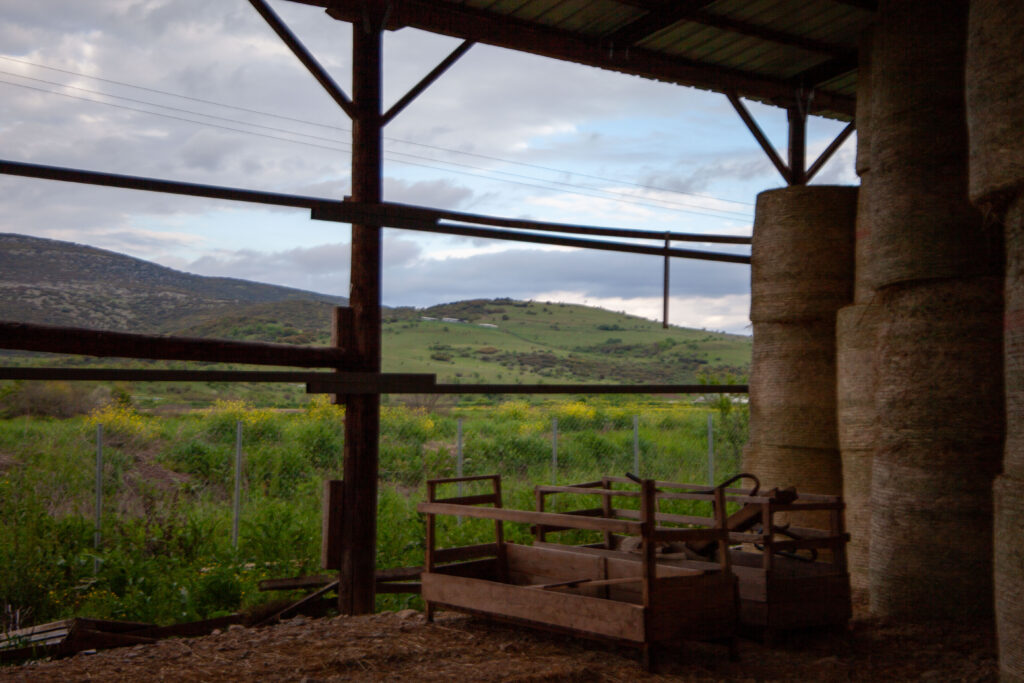In Zilefti, a small village in northern central Greece, the Stalos farm is stirring back to life. Between 3 to 8 September 2023, Storm Daniel turned this patch of land in the Thessaly region into an inland sea, drowning livestock and destroying 70% of cotton production. For Ioanna Karra, a shepherd from Trikala, the losses were staggering: 750 of her 800 animals were gone, and tonnes of feed left to rot.
“The total lost cost was over half a million euros,” she recalls. “But we’ve received only about €120,000 in reimbursements. We can’t expect much from the government.”
Instead, Ioanna and her husband, Thanasis Zouzoulas, dug into family savings, took out loans, and leaned on creameries for support. Five months after the floods, they brought in Saanen dairy goats from the Netherlands, a bold move to breathe life back into their family enterprise.
But recovery is shadowed by fear. Ioanna stresses the need for flood prevention measures, like water reservoirs, which could help manage both heavy rainfall and summer droughts. To feel more secure, she and Thanasis are preparing their own solutions, including building an elevated third stable.
Still, her vision stretches beyond survival. “I want Stalos Farm to become a hub, a place where young farmers learn, and where consumers understand where their food comes from.”
For now, the new goats graze on revived pastures – living proof that resilience, even after disaster, can take root.
